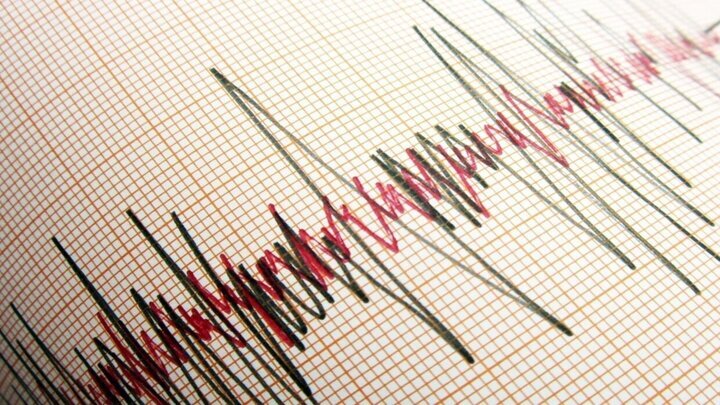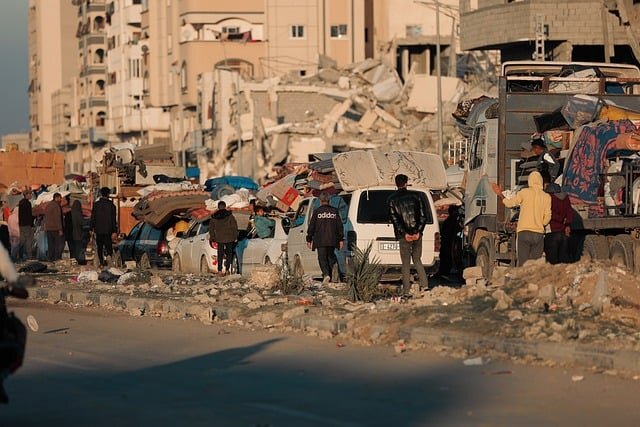Devastating 7.7-Magnitude Earthquake Strikes Myanmar: Impact and Aftermath
A powerful 7.7 magnitude earthquake struck central Myanmar on Friday, causing widespread panic and disruption in the region. This seismic event occurred near Mandalay, Myanmar’s second-largest city, which is home to approximately 1 million residents and is famous for its historic temple complexes. Tremors from the earthquake were felt in distant locations, including the capital city of Thailand, Bangkok, highlighting the earthquake’s intensity and reach.
According to reports from CNN, numerous videos surfaced online depicting dramatic scenes as residents in both Myanmar and Thailand fled from swaying buildings. Dust clouds enveloped the air, and traffic came to a standstill on bustling streets as people sought safety.
The epicenter of the earthquake was located in the Sagaing region, a remote area that complicates travel by both road and river. The impact of this natural disaster has led to significant challenges for emergency responders and residents alike. Here are key points regarding the earthquake:
- Magnitude: The earthquake registered a powerful 7.7 on the Richter scale.
- Location: The epicenter was situated near Mandalay, in the Sagaing region.
- Distance of Tremors: Tremors were felt as far away as Bangkok, Thailand.
- Population Affected: Mandalay is home to around 1 million people.
- Impact on Infrastructure: Buildings swayed, and many residents evacuated their homes.
The immediate aftermath of the earthquake has raised concerns regarding the safety and stability of buildings in the region. Residents reported feeling strong aftershocks, which further heightened anxiety among the population. Emergency services are mobilizing to assess the damage and provide assistance to those affected.
Authorities are urging citizens to remain cautious and stay updated on safety protocols. Emergency response teams are working around the clock to reach affected areas, assess the damage, and provide necessary aid. Given the earthquake’s magnitude, the potential for aftershocks remains high, prompting local governments to implement precautionary measures.
In addition to the immediate dangers posed by the earthquake, the potential for secondary hazards such as landslides and structural collapses is a significant concern. Here are some safety tips for residents in the wake of such natural disasters:
- Stay Informed: Keep updated with news reports and follow local authorities’ instructions.
- Secure Your Surroundings: Move heavy furniture and appliances away from areas where they can fall during an aftershock.
- Have an Emergency Kit Ready: Ensure you have essential supplies like food, water, and medical kits.
- Plan an Evacuation Route: Know the safest paths to exit your home and reach designated safe areas.
- Check on Neighbors: Look after those who may need assistance, particularly the elderly and those with disabilities.
As recovery efforts begin, support from local and international organizations will be crucial in helping the affected communities rebuild and recover from this disaster. The spirit of resilience is strong among the people of Myanmar, who have faced natural disasters in the past and have shown remarkable strength in the face of adversity.
In conclusion, the 7.7 magnitude earthquake in central Myanmar serves as a reminder of the power of nature and the importance of preparedness. As communities come together to support one another, the focus will remain on recovery and rebuilding, ensuring safety for all residents in the region. The response from local authorities, emergency services, and the global community will play a vital role in addressing the immediate needs of those affected and fostering long-term recovery efforts.






